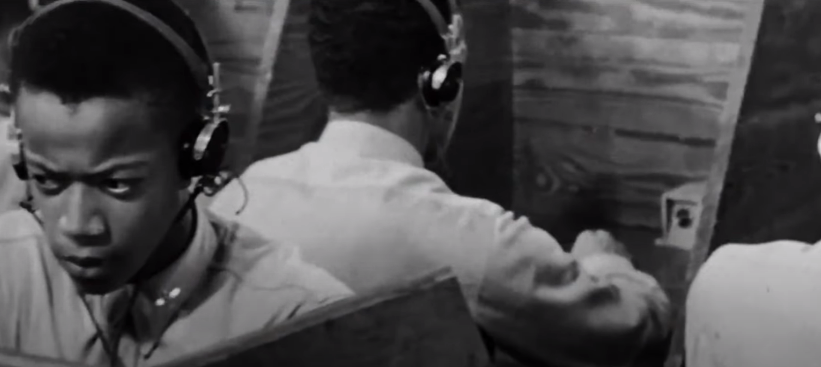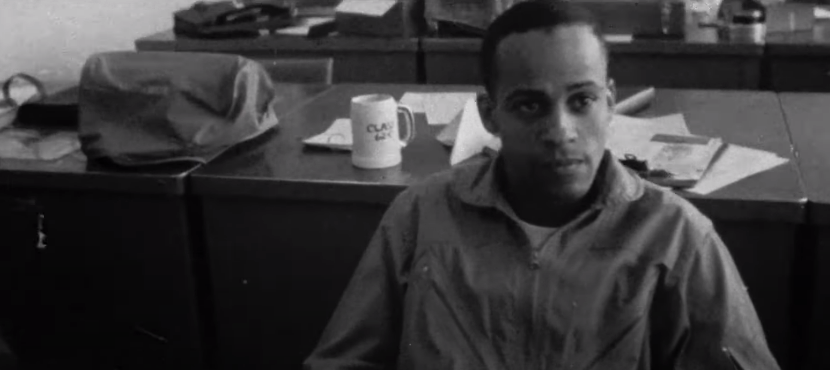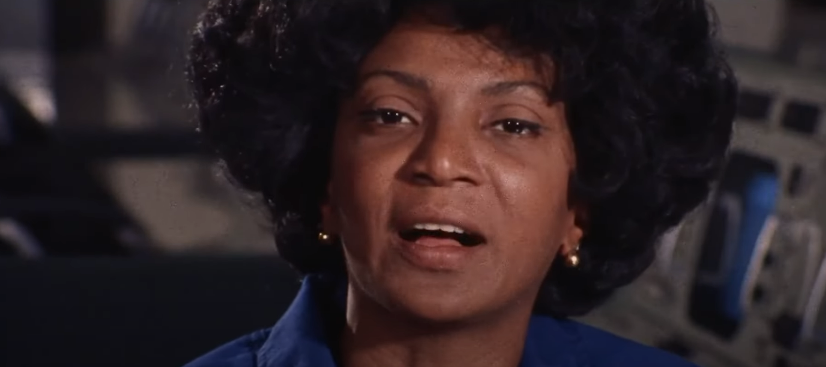

Looking back at the historical Space Race, there emerges a dual sentiment of hope for the future and a profound recognition of the tremendous strides necessary to reach the lunar surface. However, this advancement was initially exclusive, especially for individuals who were not white or male. Lisa Cortes and Diego Hurtado de Mendoza underscore in their documentary “The Space Race” the formidable obstacles faced by anyone who did not fit the dominant demographic.
Drawing from thorough interviews and meticulous research, “The Space Race” delves deep into the intertwined narratives of space exploration and the challenges encountered by Black astronauts. Through a plethora of firsthand accounts from former and aspiring astronauts, the documentary unveils the pervasive discrimination, both covert and overt, experienced by these pioneers. One particularly poignant narrative is that of Ed Dwight, who confronted racism within the military hierarchy and societal pressures from Black advocacy groups. Despite his fervent aspirations and relentless efforts to navigate the discriminatory landscape, Dwight’s dreams of space exploration were thwarted by shifting political dynamics.

Beyond NASA’s confines, “The Space Race” ventures into broader themes such as Afro-futurism, acknowledging cultural pioneers like Octavia Butler, Sun Ra, and George Clinton, who envisioned futuristic space narratives long before people of color entered the realm of space travel. Additionally, the documentary pays tribute to figures like Nichelle Nichols, renowned for her role as Captain Uhura on “Star Trek,” and highlights her pivotal role in diversifying NASA’s astronaut corps.
The documentary also sheds light on international perspectives, notably recognizing Arnaldo Tamayo Méndez, an Afro-Cuban cosmonaut sent into space by the Russian program years before the US achieved a similar milestone with a Black astronaut. Méndez’s achievement, though groundbreaking, was largely overlooked in the United States due to its representation of a “first” that America could not claim.

At the heart of “The Space Race” lies the invaluable testimonies of individuals such as Guy Bluford, Fred Gregory, and Charlie Bolden, who shattered barriers and paved the way for future generations of diverse astronauts. The documentary seamlessly weaves in the voices of contemporary astronauts like Victor Glover and Jessica Watkins, who confront the legacy of inequality while forging connections with their trailblazing predecessors.
While drawing parallels with the narrative of “Hidden Figures,” “The Space Race” underscores that the journey toward equality is ongoing and complex, extending beyond mere “firsts” to address systemic challenges and biases ingrained within institutions like NASA. Despite acknowledging the shortcomings of the past, the documentary instills a sense of optimism for the future, underscoring that progress towards inclusivity requires continuous dedication and effort.

| Aspect | “The Space Race” Documentary |
|---|---|
| Focus | Explores the challenges faced by non-white individuals in space exploration, particularly Black astronauts. |
| Key Figures | Ed Dwight, Guy Bluford, Fred Gregory, Charlie Bolden, Nichelle Nichols, Victor Glover, Jessica Watkins. |
| Themes Explored | Discrimination, obstacles in the space program, societal pressures, Afro-futurism, diversity in space exploration. |
| Historical Context | Traces the intertwined histories of space exploration and racial inequality, highlighting achievements and setbacks. |
| Cultural References | Mentions Afro-futuristic figures like Octavia Butler, Sun Ra, George Clinton, Parliament, Earth, Wind, and Fire. |
| International Perspective | Acknowledges Arnaldo Tamayo Méndez, an Afro-Cuban cosmonaut, sent into space before the first Black American astronaut. |
| Comparison with “Hidden Figures” | Shares similarities in spotlighting key figures but emphasizes ongoing journey toward equality and systemic challenges. |
| Message | Instills hope for a brighter future while acknowledging the ongoing efforts needed for progress and inclusivity in space exploration. |






